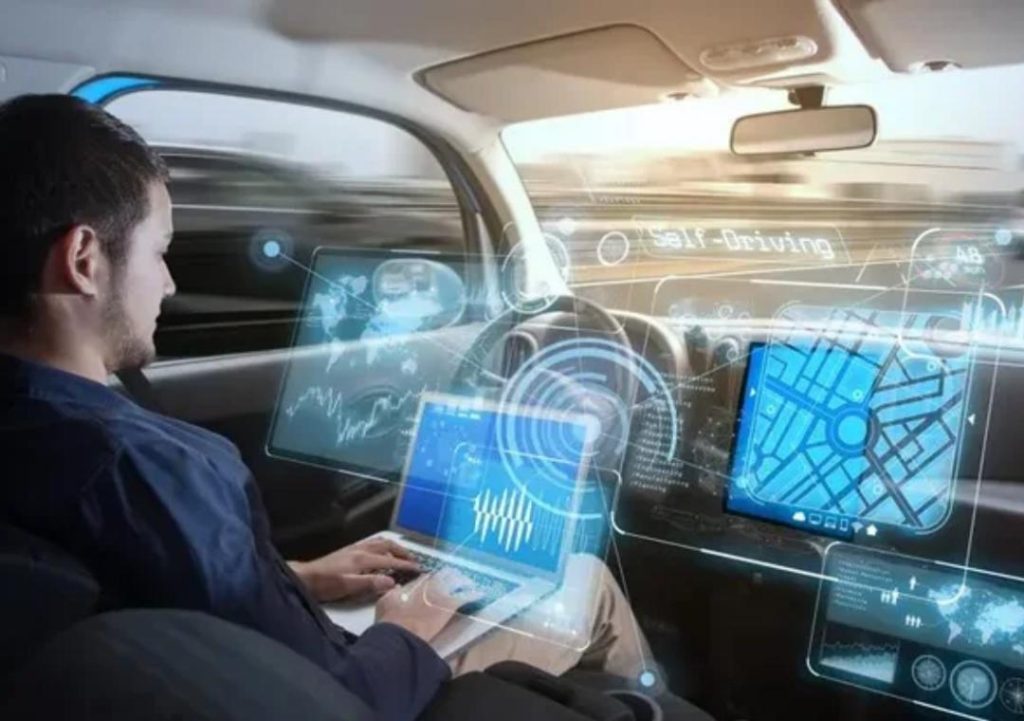
What Happens When Cars Start Talking to the Internet?
The automotive industry has undergone a significant transformation in recent years, with the rise of connected cars that leverage the power of 5G, IoT, and cloud computing to stay in sync with digital ecosystems. Gone are the days of standalone vehicles that only responded to human input; today’s cars are deeply integrated with the internet, transforming into smart, adaptive companions on the road.
As cars become increasingly connected, they’re no longer just modes of transportation – they’re also hubs for data exchange, software updates, and real-time navigation. But what does this mean for drivers, manufacturers, and the industry as a whole?
The Rise of Connected Cars
The concept of connected cars isn’t new, but the technology has advanced significantly in recent years. With the proliferation of 5G networks and the increasing adoption of IoT devices, cars are now equipped with a range of sensors, cameras, and other technologies that enable them to communicate with the external world.
Connected cars can update their software remotely, just like your smartphone. This means that manufacturers can push updates to vehicles on the road, ensuring that they’re always running with the latest security patches, features, and functionality. This approach also enables over-the-air updates, which can be rolled out quickly and efficiently, reducing the need for physical visits to dealerships.
Real-Time Navigation and Updates
One of the most significant benefits of connected cars is their ability to stream navigation data in real-time. This means that drivers can receive updates on traffic congestion, road closures, and other hazards, allowing them to adjust their route accordingly. This technology is particularly useful in urban areas, where traffic patterns can change rapidly.
Connected cars can also provide drivers with real-time information on fuel prices, parking availability, and other services that can enhance their journey. This information is typically aggregated from a range of sources, including sensors, cameras, and other vehicles, to provide a comprehensive view of the road network.
The Internet of Things (IoT) in Cars
The IoT is a critical component of connected cars, enabling vehicles to communicate with other devices and systems on the road. This includes sensors that monitor everything from temperature and humidity to tire pressure and fuel levels.
IoT devices can also be used to enable advanced safety features, such as automatic emergency calling and collision avoidance systems. These features use a range of sensors and cameras to detect potential hazards and alert drivers, helping to prevent accidents and reduce the risk of injury.
Cloud Computing and Data Analytics
Cloud computing plays a crucial role in connected cars, enabling vehicles to store and process vast amounts of data in real-time. This data can be used to improve vehicle performance, optimize maintenance schedules, and enhance the overall driving experience.
Data analytics is also a critical component of connected cars, enabling manufacturers to analyze vast amounts of data to identify trends, patterns, and other insights. This information can be used to improve vehicle design, optimize production processes, and enhance customer service.
The Future of Connected Cars
As the technology continues to evolve, we can expect to see even more advanced features and capabilities in connected cars. Some of the key trends that will shape the future of the industry include:
- Increased adoption of 5G networks, which will enable faster data transfer rates and more reliable connectivity
- Further development of AI and machine learning technologies, which will enable vehicles to respond more intuitively to driver behavior and environmental conditions
- Integration with other smart devices and systems, such as smart homes and wearables, to create a more seamless and connected driving experience
- Increased focus on safety and security, with the development of advanced cybersecurity measures to protect against hacking and other threats
Conclusion
Connected cars are no longer a novelty – they’re a reality that’s transforming the automotive industry and changing the way we drive. With the power of 5G, IoT, and cloud computing, vehicles are becoming increasingly sophisticated, with the ability to update software remotely, stream navigation data in real-time, and integrate with a range of other devices and systems.
As the technology continues to evolve, we can expect to see even more advanced features and capabilities in connected cars. Whether it’s enabling autonomous driving, improving fuel efficiency, or enhancing the overall driving experience, connected cars are poised to revolutionize the way we travel and interact with the world around us.
Source:
https://www.growthjockey.com/blogs/connected-technology-for-automotive-sector






